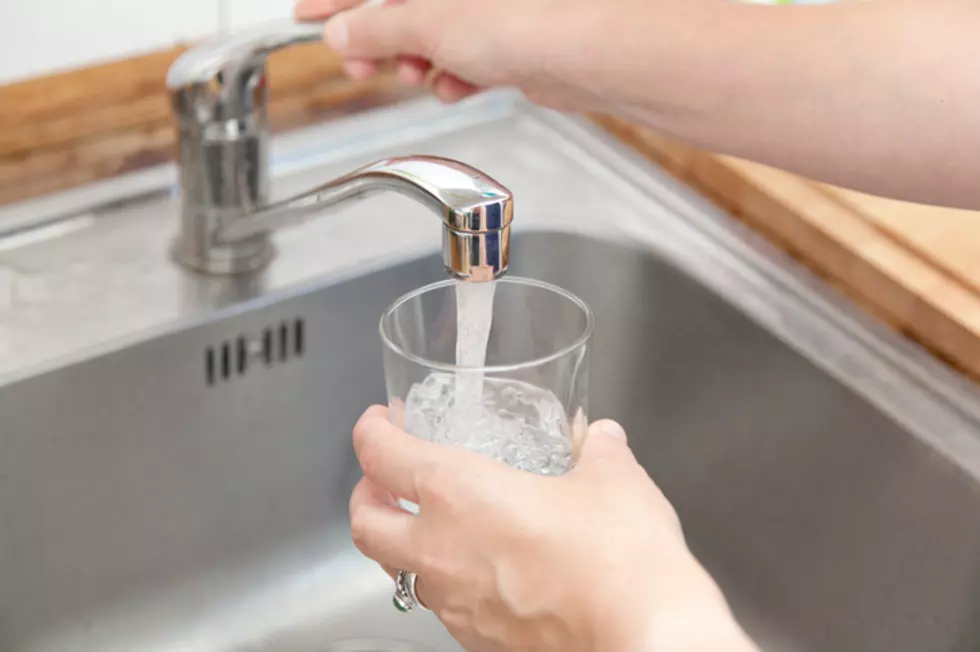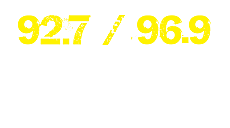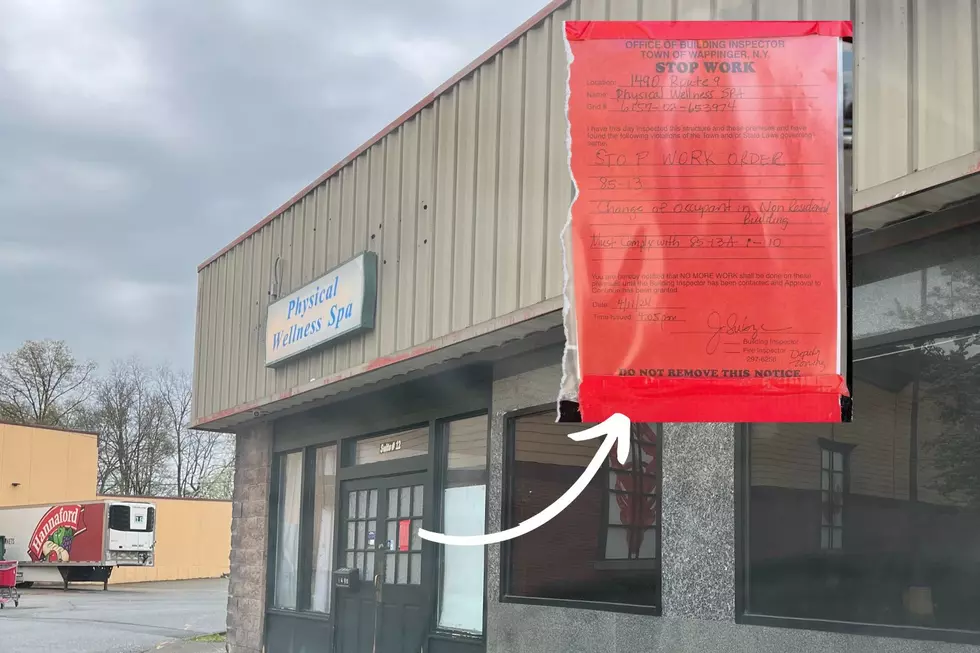
New Paltz Residents Must Follow These Steps Before Drinking Water
Gov. Andrew Cuomo says the water in New Paltz is now safe to drink after a fuel line was accidentally damaged which caused oil to seep into New Paltz's drinking water supply.

Just after midnight on Friday, Gov. Cuomo announced the "Do Not Drink" advisory for the Village of New Paltz Water System is now lifted. The order is a result of the completion of system flushing and re-sampling of the water distribution system by the New York State Department of Health that showed no detectable levels of petroleum compounds, officials say.
"Following swift deployment of state resources and the isolation of the contamination source, our extensive testing shows no detectable levels of petroleum compounds in the New Paltz water system and that the water is safe to drink," Governor Cuomo said. "I commend State Health Commissioner Dr. Howard Zucker, DEC Commissioner Basil Seggos and the many state employees who answered the call and worked around the clock to help restore this water system. While we are pleased with the outcome, we will continue to be vigilant and ready to confront any and all threats to our public health."
A do not drink advisory was issued on Monday, from the New York State Department of Health and Ulster County Department of Health following reports of an odor detected in the village's drinking water.
The spill was determined to be the result of a compromised underground fuel line for the village's water treatment plant heating system, according to the Governor's office. The Department of Environmental Conservation Spill Response experts are overseeing the cleanup of the spill that compromised Reservoir #4. The village is bypassing this reservoir during the cleanup.
Flushing of the system occurred throughout the day Wednesday to move clean water through the distribution system and the additional samples collected Thursday showed non-detectable levels for petroleum compounds, allowing the "do not drink" advisory to be safely lifted.
Before residents drink the water, residents are advised to flush their plumbing to remove any old water that may be lingering in the pipes of their household or business.
The Governor's office provided the following steps to flush your pipes.
Step 1. Flush cold water system
- Turn on all indoor cold water faucets, including every sink, shower, and bathtub.
- Run the cold water for 5 minutes.
- Shut off all indoor cold water faucets.
Step 2. Flush hot water system
- Turn on all indoor hot water faucets, including every sink, shower, and bathtub.
- Run hot water for 15 minutes. This will replace the water in your hot water tank with filtered water.
- Shut off all indoor hot water faucets.
Step 3. Flush fixtures and appliances
- Flush each toilet at least once. There is no limit on using or flushing toilets during the flushing process.
- Refrigerator water lines and ice makers:
− Flush refrigerator water dispensers for 5 minutes.
− Consider replacing any refrigerator water filters. Follow manufacturer instructions.
− Discard your ice from your freezer. If you have an automatic icemaker, make/discard 5 batches of ice.
− Clean the ice container with warm water and soap before using it. - Other water-using appliances:
− Run dishwashers, washing machines, and other appliances through one cycle while empty.
− Discard water and clean coffee makers, humidifiers, oral, medical or health care devices, or other appliances that may have had contact with contaminated water. Contact the manufacturer if you have questions about cleaning.
Step 4. In-home filtration units, filtered water dispensers (point of use devices), and water softeners
- Take steps to clean water filtration systems, backwash (regenerate) water softeners, and consider replacing filters. Follow manufacturer instructions.


